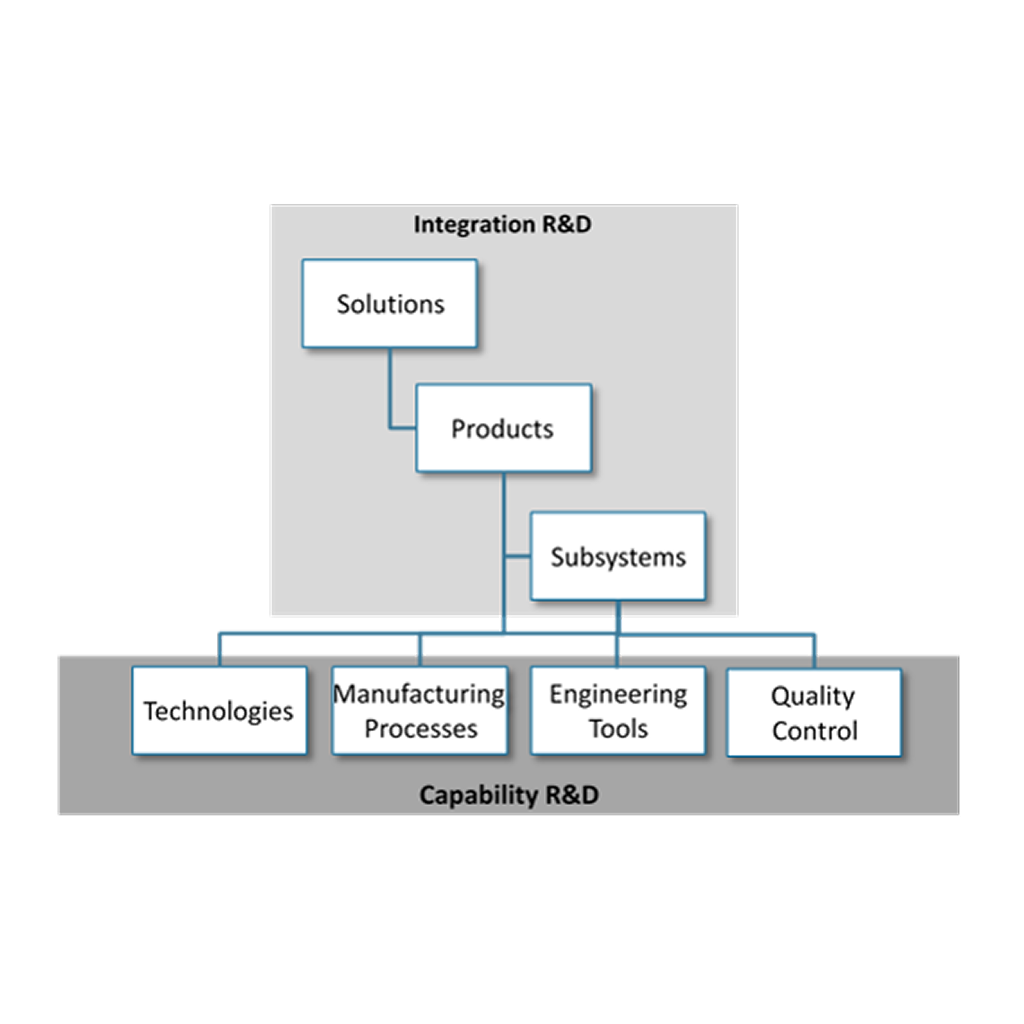Three steps to engineering and marketing strategic alignment
In today’s global markets, the need for innovative solutions is greater than ever. Increased product complexity means high cost of […]
Three steps to engineering and marketing strategic alignment Read Post »


